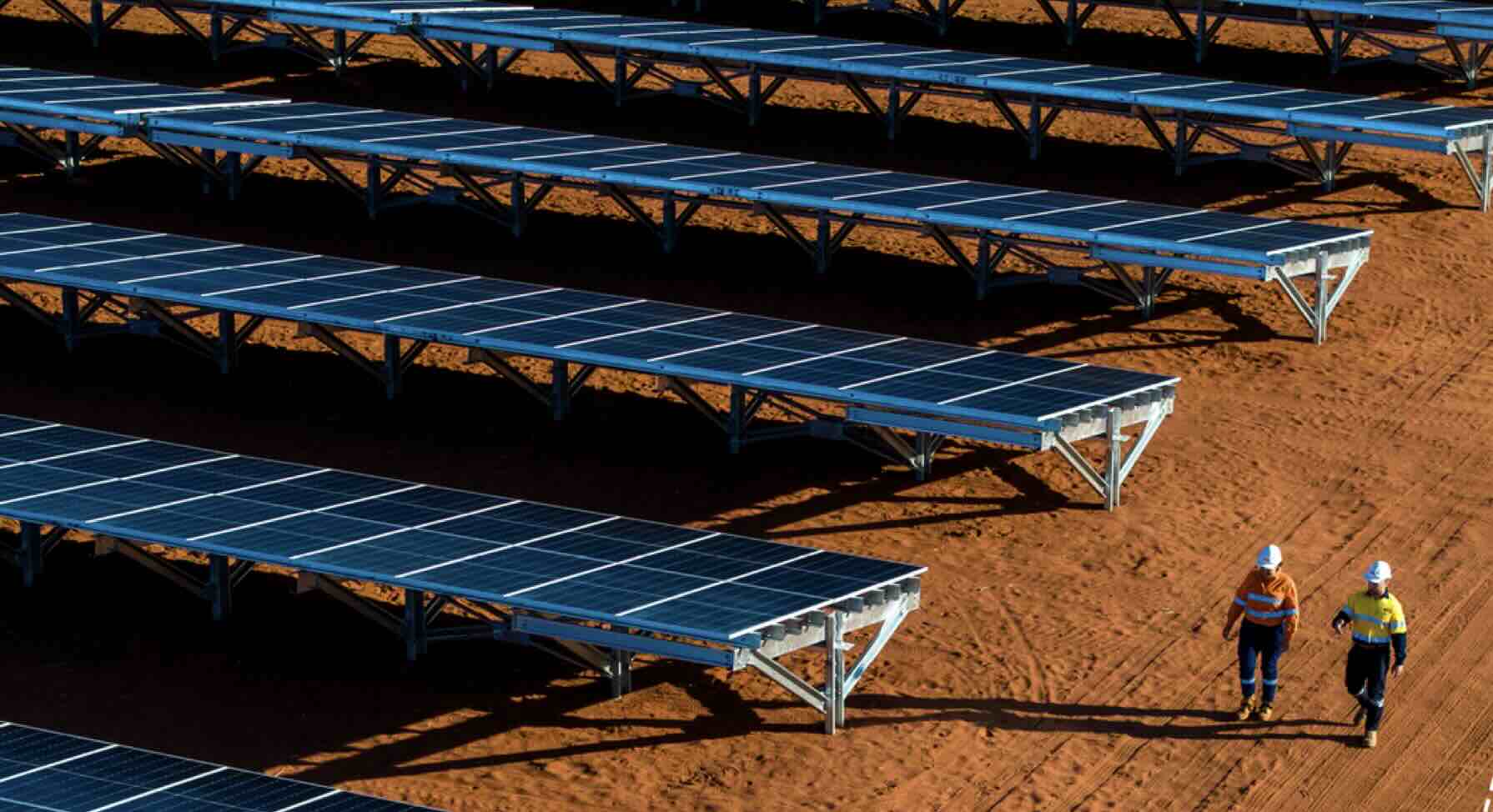Gas pipeline giant APA has conceded that the progress of renewable energy projects in its recently acquired Pilbara business is going slowly than planned, and it sees more potential in growing the huge network of gas pipeline infrastructure in the eastern states.
APA on Monday unveiled its first billion dollar profit – a nine per cent increase to $1.02 billion in the first six months of the 2024/25 fiscal year – helped along by the renewables and transmission business it bought from Alinta Energy in late 2023.
But despite the grand net zero – and in the case of Fortescue, real zero – emissions targets for the big iron ore miners, progress on a new interconnected grid and the huge renewable energy and storage projects that would supply them has been slow.
APA late last year said its 47 MW solar and 35 MWh battery project at Port Hedland had completed construction before Christmas, but it is not likely to reach commercial output until the end of the current financial year.
And analysts noted that – apart from Port Hedland – there is little progress on other projects, which at the time of purchase APA said amount to more than 1 GW of wind, solar and storage.
“We’d all like everything to move as quickly as possible, but the reality is that’s not life, in particular, working with your customers,” CEO Adam Watson said.
“We remain really confident. I don’t want to put a time frame around it, but we’re confident we can bring projects to life reasonably soon, and equally in other regional parts of Australia, we think the strategy is sound.”
There was no comment on the reported win by Andrew Forrest’s Fortescue Metals over contested wind project tenements in W.A. which could host multi gigawatts of capacity. Fortescue is one of APA’s biggest customers in the Pilbara and is aiming for “real zero” emissions by 2030, meaning no burning of gas or diesel for power or transport.
As the country’s biggest owner of gas pipeline assets, gas remains APA’s biggest gain. It is currently building the connection to Snowy Hydro’s controversial Kurri Kurri generator, has just announced an expansion of its pipeline capacity to increase flows from north to south, and is looking for regulatory changes to its Basslink sub-sea cable.
Watson says APA’s gas strategy is predicated on the forecasts of the Australian Energy Market Operator which assume that – despite the country’s net zero by 2050 target, and the push by scientists for an accelerated target and others for “real zero”, gas consumption will be little changed by 2050.
The big debate is about whether gas should be imported or exported. APA’s presentation insists it remains “agnostic” but it notes that “there is no shortage of gas in Australia”, assuming of course that huge reserves in the Beetaloo and Surat Basins can be unleashed.
APA, of course, in the business of building pipelines to connect them. “We advocate for unlocking the abundant domestic gas that’s already available in our country,” Watson says.
Both Squadron Energy, owned by Forrest, and AGL Energy are working on LNG import terminals to address potential supply crunches in the gas market. Watson says that Australian gas is cheaper, even with pipeline costs, but says his company doesn’t care too much as both will require pipelines and storage.



